How to choose a Good Sunscreen
Understanding SPF and PA Ratings
When picking a sunscreen, it helps to know about two important protection measures: SPF and PA.
- SPF (Sun Protection Factor): This tells you how well the sunscreen guards against UVB rays, which cause sunburn. The higher the SPF number, up to SPF50, the more protection you get from UVB rays. However, once you go past SPF50, the extra protection is small.
- PA (Protection Grade of UVA): This measures how well the sunscreen protects against UVA rays, which are responsible for skin aging and darkening. PA is rated from “+” to “++++”, with more “+” signs offering stronger protection.
But SPF and PA aren’t the only things to think about. You should also consider the season, the environment, and which part of your body you’re applying sunscreen to. By looking at all these factors, you can choose the best sunscreen for complete skin protection.
2Types of Sunscreen
When selecting a sunscreen, it’s essential to know the differences between chemical and physical (mineral) sunscreens. Each type protects your skin from UV rays in unique ways and has specific pros and cons based on skin type, usage, and personal preferences.
1. Chemical Sunscreen
Chemical sunscreens work by absorbing UV rays into the skin and then releasing the energy as heat. This method prevents UV rays from penetrating and causing damage. Common active ingredients include avobenzone, oxybenzone, and octinoxate.
- Advantages: Chemical sunscreens are typically more water- and sweat-resistant, making them suitable for active outdoor use. They also absorb quickly into the skin without leaving residue, providing a lightweight feel.
- Drawbacks: Some chemical sunscreens may clog pores, leading to breakouts, especially in those with acne-prone skin. Additionally, certain ingredients like oxybenzone can irritate sensitive skin.
2. Physical (Mineral) Sunscreen
Physical sunscreens, also known as mineral sunscreens, act as a shield by sitting on top of the skin’s surface and reflecting UV rays away from the body. The key ingredients in these formulations are zinc oxide and titanium dioxide.
- Advantages: Mineral sunscreens are known for being gentler on the skin, making them ideal for people with sensitive or reactive skin. They often have moisturizing properties and provide broad-spectrum protection from both UVA and UVB rays.
- Drawbacks: Physical sunscreens can sometimes leave a noticeable “white cast” on the skin, especially on darker skin tones. Additionally, they may take longer to absorb and feel heavier compared to chemical sunscreens.
Comparing Chemical vs. Mineral Sunscreens
Sunscreen Types and How to Choose the Right One
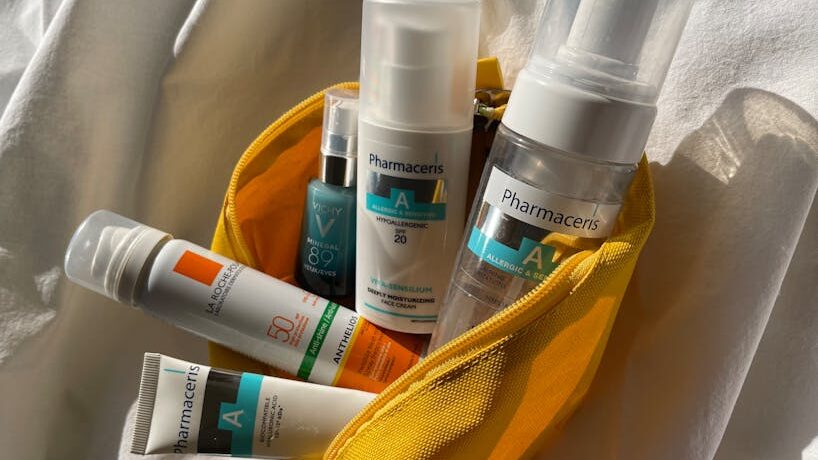
Choosing the right sunscreen depends not only on the level of protection but also on the format that best suits your skin type and lifestyle. Here’s a breakdown of the different types of sunscreen and who they work best for:
1. Cream Sunscreen
Cream-based sunscreens are rich in moisture and offer high water resistance, making them ideal for dry skin and outdoor activities like going to the beach or swimming. The thick consistency helps lock in hydration, making them great for individuals with flaky or dehydrated skin.
- Best For: Dry or combination skin, outdoor environments with extended sun exposure.
2. Gel Sunscreen
Gel sunscreens are lightweight and spread easily, offering a non-greasy finish. This type works particularly well for oily or acne-prone skin, as it doesn’t feel heavy and absorbs quickly. However, gel sunscreens may require more frequent reapplication, especially in humid conditions.
- Best For: Oily or acne-prone skin, everyday use in humid climates.
3. Milk/Lotion Sunscreen
Milk or lotion sunscreens have a light, fluid consistency that absorbs quickly into the skin. They tend to be gentler and less likely to clog pores, making them a great option for those with sensitive or dry skin. This type is also moisturizing, providing an extra layer of hydration without feeling too heavy.
- Best For: Sensitive or dry skin, daily use for those needing quick absorption.
4. Powder, Spray, or Stick Sunscreen
These forms of sunscreen are highly convenient for on-the-go touch-ups but may not offer uniform coverage when used as the primary form of protection. They work best for reapplying throughout the day after an initial application of a cream or lotion. Powders can also help absorb excess oil, which makes them a solid choice for oily skin types.
- Best For: Quick touch-ups, oily skin needing midday reapplication, but not recommended as a standalone sunscreen for full protection.
Organic Isn’t Always Better
While many people assume that organic or natural sunscreens are better for the skin, this isn’t always the case. Just because a product is labeled organic doesn’t mean it will cause fewer skin reactions. In fact, natural ingredients can sometimes trigger sensitivities, especially in those prone to allergies.
If you have sensitive skin, mineral sunscreens with ingredients like zinc oxide or titanium dioxide are often safer bets. These formulas are gentler and less likely to irritate the skin, making them a better option for those looking to avoid reactions.
Choosing the Right Sunscreen: A Comprehensive Guide

Selecting the right sunscreen is crucial for protecting your skin from harmful UV rays and other environmental factors. Here are key points to consider when choosing the best sunscreen for your skin and lifestyle:
1. Broad Spectrum Protection
For optimal protection, choose a sunscreen that defends against both UVA and UVB rays, and if possible, also shields from near-infrared rays and blue light. UVA rays are responsible for skin aging and damage, while UVB rays cause sunburn. Blue light and near-infrared rays can contribute to skin aging and pigmentation issues, so broad-spectrum protection is essential.
2. SPF and PA Ratings
As a minimum, look for a sunscreen with SPF15+ and PA+ ratings. SPF measures protection against UVB rays, and the PA rating indicates the level of protection against UVA rays. The higher these ratings, the better the protection, but even a lower SPF can be effective with frequent application.
3. Proper Application and Reapplication
To ensure sufficient coverage, apply sunscreen generously—around 0.8g per application is recommended for the face and neck. Reapply sunscreen, especially in hot weather, after sweating, or following water exposure. Failing to reapply can significantly reduce the product’s effectiveness over time.
4. Waterproof Options
If you’re engaging in activities like swimming or exercising outdoors, opt for waterproof sunscreen. These formulas are designed to stay on even during water exposure or heavy sweating. However, remember to remove waterproof sunscreen properly with a dedicated cleanser at the end of the day to avoid clogging pores or leaving residue.
5. Non-Chemical Sunscreens for Sensitive Skin
For those with sensitive skin, children, or those recovering from skincare treatments, choose mineral-based (non-chemical) sunscreens. These sunscreens use natural ingredients like zinc oxide or titanium dioxide, which are less likely to cause irritation and offer gentle protection by reflecting UV rays off the skin.
6. Year-Round Use
Sunscreen is not just for summer. Daily use, even in colder months or on overcast days, is vital for preventing long-term skin damage. Year-round use of sunscreen helps reduce the risk of premature aging caused by cumulative UV exposure.
By understanding the importance of these factors, you can make an informed decision and choose a sunscreen that provides the best protection while suiting your skin type and daily routine.

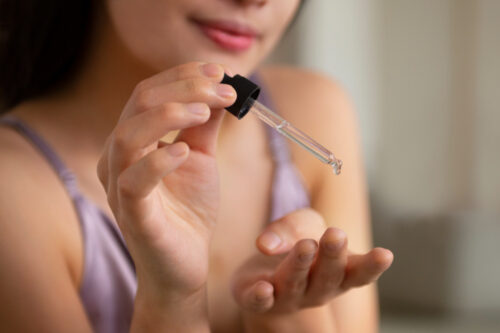
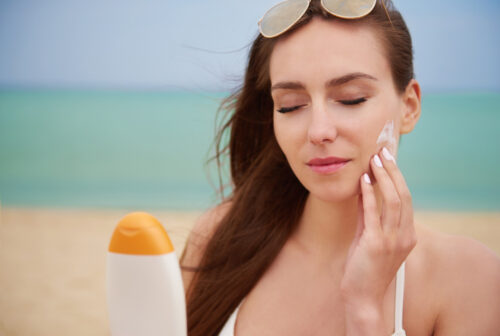



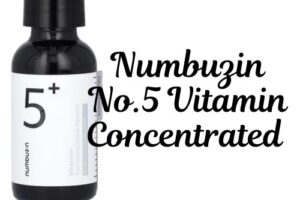
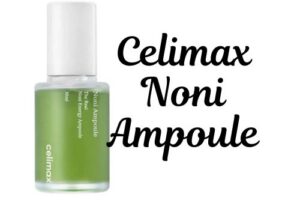
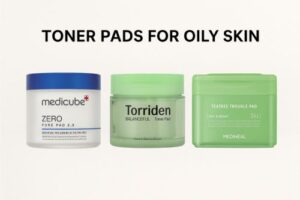
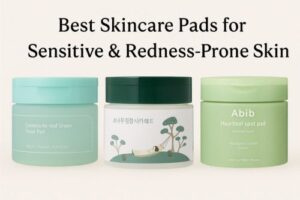
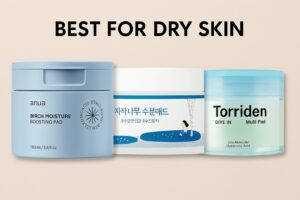
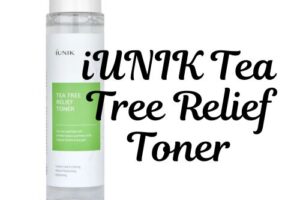
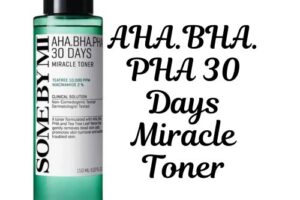
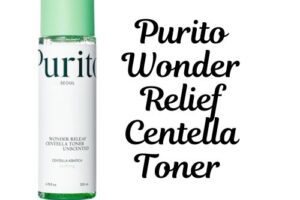
Post Comment